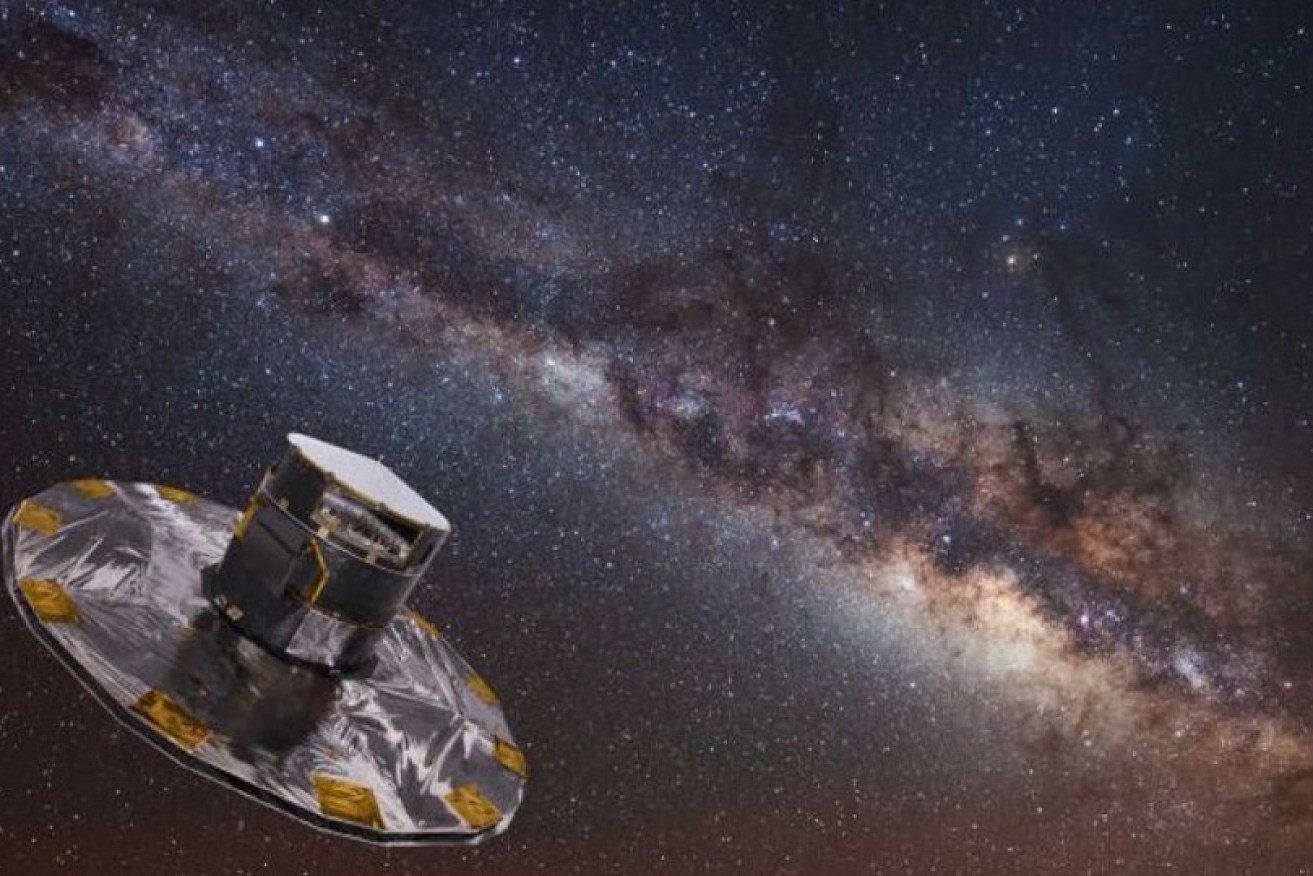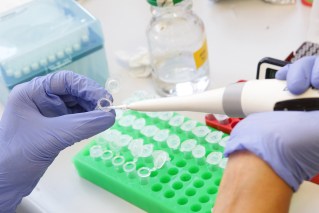Milky Way’s mass mostly made up of dark matter, new research into the galaxy reveals

Astronomers used data from the Gaia telescope, which maps stars in the Milky Way. Photo: European Space Agency
Astronomers have come up with one of the most accurate measurements of the galaxy’s mass yet – and as it turns out, it’s “on the beefier side”.
Using NASA’s Hubble Space Telescope and the European Space Agency’s Gaia satellite, a team of international scientists determined the Milky Way (the galaxy that contains our solar system) weighs in at about 1.5 trillion solar masses.
For those playing along at home, that’s about 1.5 trillion times the weight of the Earth’s Sun.
The findings are an important breakthrough for astronomers, who had been relying on earlier research dating back several decades that estimated the galaxy’s mass as somewhere between 500 billion to 3 trillion solar masses.
“We want to know the mass of the Milky Way more accurately so that we can put it into a cosmological context and compare it to simulations of galaxies in the evolving universe,” Roeland van der Marel of the Space Telescope Science Institute (STScI) wrote in a blog post for NASA.
“Not knowing the precise mass of the Milky Way presents a problem for a lot of cosmological questions.”
Interestingly, astronomers determined that only a tiny percentage of the galaxy’s mass could be attributed to the approximately 200 billion stars in the Milky Way.
Rather, most of its mass is locked up in dark matter, an invisible substance that, according to the space administration, “acts like scaffolding throughout the universe and keeps the stars in their galaxies”.
“We just can’t detect dark matter directly,” said Laura Watkins from the European Southern Observatory, who led the team performing the analysis.
“That’s what leads to the present uncertainty in the Milky Way’s mass – you can’t measure accurately what you can’t see.”
The research, collated by astronomers from the European Southern Observatory, the Space Telescope Science Institute and University of Cambridge, is due to be published in The Astrophysical Journal.
Globular star clusters key to measuring mass
NASA said the new mass estimate puts the galaxy “on the beefier side compared to other galaxies in the universe”, which range from 1 billion solar masses to 30 trillion solar masses.
However, measuring the Milky Way’s mass is not as simple as stepping on a scale.
In order to narrow it down, astronomers set out to measure the velocities of globular star clusters.

Hubble images taken 10 years apart were compared to clock the globular star cluster’s velocity. Photo: NASA
It’s a bit of a mouthful, but not as daunting as it sounds.
Globular star clusters are essentially isolated islands, each containing hundreds of thousands of stars – including the oldest-known stars, dating back to a few hundred million years after the big bang – that orbit the centre of the galaxy.
Researchers used data from the Hubble telescope and Gaia satellite, which is recording the positions of stars to create a three-dimensional map of the Milky Way, to measure the movement of these clusters.
“Globular clusters extend out to a great distance, so they are considered the best tracers astronomers use to measure the mass of our galaxy,” said Tony Sohn from the STScI, who led the Hubble measurements.
When those measurements were combined as anchor points, astronomers were able to estimate the distribution of the Milky Way’s mass out to nearly one million light-years from Earth.

An artist’s impression of the Milky Way and the accurate positions of the globular clusters surrounding it. Photo: European Space Agency
“We were lucky to have such a great combination of data,” Mr van der Marel wrote.
“By combining Gaia’s measurements of 34 globular clusters with measurements of 12 more distant clusters from Hubble, we could pin down the Milky Way’s mass in a way that would be impossible without these two space telescopes.”
–ABC








